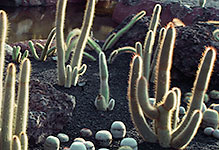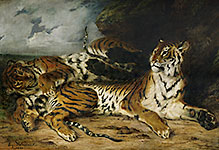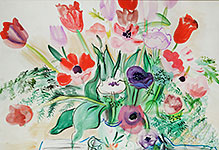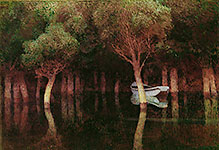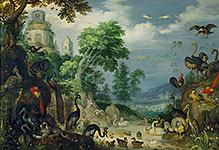
Nature
Plants and flowers. More - trees, fruits, animals etc. - to be added soon!

#03010151
Fragment of a wall painting from the tomb of Nabamun, from Thebes, 18th dynasty...

#03010153
Fragment of a wall painting from the tomb of Nabamun, from Thebes, 18th dynasty...

#03010155
Head of the cow Hathor, 18th dynasty, around 1450 BCE.The cult statue of Hathor...

#03010156
Fragment of the beard of the Great Spinx (New Kingdom, 14th BCE?). Part of the...

#03010211
Faience vessel decorated with a depiction of the god Heh, from tomb 61,Enkomi, c...

#03010212
Mummy of a cat, from Abydos, Upper Egypt Roman period, perhaps 1st century. Ani...

#03010215
Terracotta figurine of a woman riding on a pig, Hellenistic, Egypt, 1st BCE. It...

#03010216
Bronze oil-lamps with a leaping ibex, from ancient South Arabia, probably 5th-4t...

#03010218
Calcite relief with the head of an oryx, Sabaean, from Yemen, 1st BCE - 1st CE....

#03010220
Sphinx with proto-Sinaitic inscriptions, from Serabit el-Khadim, Sinai, Middle K...

#03010221
Coffin for a mummified cat, Egypt, Roman Period, after 30 BC. This example has a...

#03010224
Scene in the swamps of the Nile river Around 1450-1400 BCE (in the middle of th...
